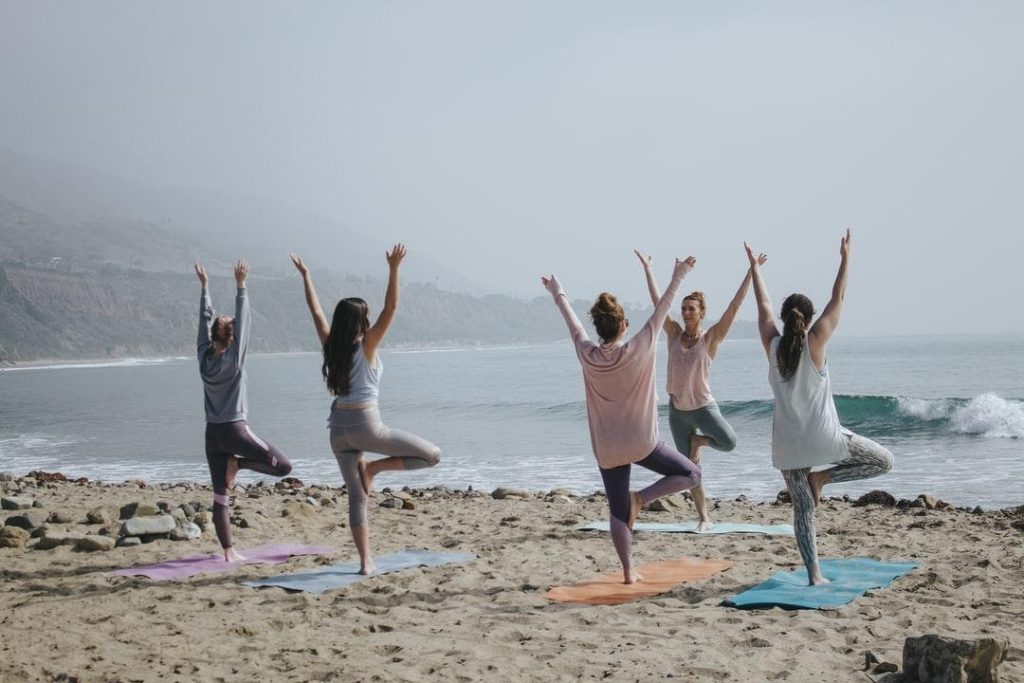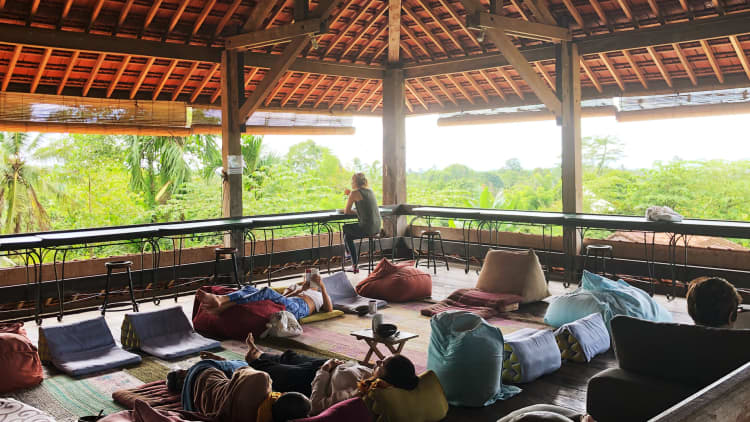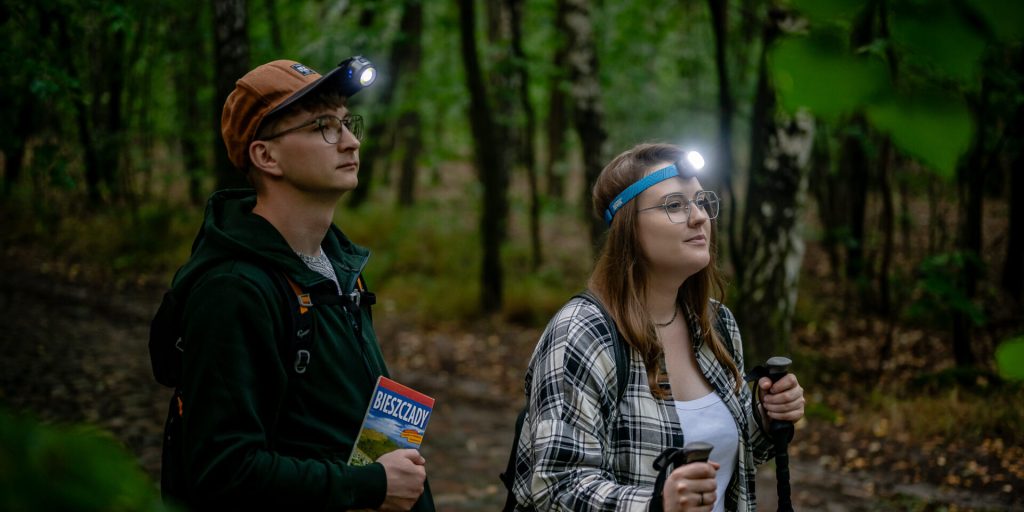Digital Detox Retreats: The Trend Everyone’s Talking About

In today’s hyper-connected world, digital detox retreats have emerged as a powerful trend everyone’s talking about. These retreats offer a unique chance to unplug from screens, social media, and constant notifications, allowing people to recharge mentally, physically, and emotionally. As technology increasingly dominates our lives, the need to step back and regain balance has never been greater.
This article explores the rise of digital detox retreats, their benefits, what to expect, and how they help people reclaim their well-being in simple, accessible terms.
What Are Digital Detox Retreats?
Definition and Concept
Digital detox retreats are specially designed programs that encourage participants to disconnect from digital devices—smartphones, tablets, laptops—and immerse themselves in a tech-free environment. Usually set in serene natural locations, these retreats last from a few days to a week or more.

The goal is to break the cycle of constant connectivity, reduce screen time, and foster healthier habits. Participants engage in mindfulness, nature activities, yoga, meditation, and workshops focused on personal growth.
Why Digital Detox Retreats Are Trending
- Increasing awareness of the negative effects of excessive screen time.
- Desire to improve mental health and reduce stress.
- Growing popularity of wellness tourism and mindfulness practices.
- Social media fatigue and digital burnout.
Benefits of Digital Detox Retreats

Improved Mental Health and Reduced Stress
Constant digital engagement can increase anxiety and stress. Digital detox retreats provide a peaceful space to relax, helping reduce cortisol levels and promote calmness.
Enhanced Sleep Quality
Exposure to blue light from screens disrupts sleep cycles. Retreats encourage better sleep hygiene by eliminating screen use before bedtime, leading to deeper, more restorative sleep.
Increased Focus and Productivity
Without digital distractions, participants report improved concentration and creativity, both during and after the retreat.
Personal Growth and Mindfulness
Retreats foster self-reflection, emotional resilience, and mindfulness, helping participants reconnect with their values and goals.
Strengthened Relationships
By unplugging, attendees often deepen connections with family, friends, and themselves, improving communication and empathy.
What to Expect at a Digital Detox Retreat

Typical Activities
- Yoga and meditation sessions to calm the mind and body.
- Nature walks and hikes to reconnect with the environment.
- Workshops on stress management, mindfulness, and healthy tech habits.
- Creative arts like journaling, painting, or music therapy.
- Group discussions and sharing circles to build community.
Accommodation and Environment
Retreats are often held in tranquil settings such as forests, mountains, or beach resorts. Accommodations range from rustic cabins to luxury wellness centers, all designed to promote relaxation and comfort.
Rules and Guidelines
Participants surrender their digital devices upon arrival or limit usage strictly. Some retreats provide “tech-free zones” or scheduled device-free times.
Case Studies: Real Experiences with Digital Detox Retreats
Case Study 1: Sarah’s Journey to Reduced Anxiety
Sarah, a marketing executive, struggled with constant email checking and social media stress. After attending a week-long digital detox retreat in Costa Rica, she reported a 50% reduction in anxiety symptoms and improved sleep quality, which lasted months after the retreat.
Case Study 2: Mark’s Boost in Creativity and Focus
Mark, a writer suffering from digital burnout, found that the retreat’s mindfulness practices and nature immersion helped him overcome writer’s block. Post-retreat, his productivity and creative output increased significantly.
Case Study 3: Group Healing and Connection
A corporate team attended a digital detox retreat to improve workplace dynamics. The shared experience fostered better communication, reduced stress, and enhanced team cohesion.
How to Choose the Right Digital Detox Retreat
| Factor | What to Consider |
|---|---|
| Location | Choose a setting that feels peaceful and safe. |
| Duration | Short retreats (3-5 days) vs. longer (7+ days). |
| Activities Offered | Yoga, meditation, nature, workshops, etc. |
| Accommodation Quality | Rustic vs. luxury based on your preference. |
| Group Size | Small intimate groups vs. larger communities. |
| Tech Rules | Full device surrender or limited use allowed. |
| Cost | Budget-friendly options vs. premium experiences. |
Tips to Maximize Your Digital Detox Retreat Experience
- Set clear intentions before attending.
- Embrace discomfort as part of the detox process.
- Engage fully in all activities and workshops.
- Practice mindfulness and journaling daily.
- Plan for a gradual reintroduction to technology after the retreat.
The Science Behind Digital Detox Retreats
Research shows excessive screen time correlates with increased stress, anxiety, and depression. Digital detox retreats help by:
- Reducing overstimulation of the brain’s reward system.
- Lowering cortisol and adrenaline levels.
- Enhancing parasympathetic nervous system activity (rest and digest).
- Improving sleep through reduced blue light exposure.
Digital Detox Retreats and Long-Term Lifestyle Changes
Many participants report lasting benefits, including:
- Establishing screen time boundaries.
- Developing healthier relationships with technology.
- Prioritizing offline activities and face-to-face interactions.
- Incorporating mindfulness and self-care into daily routines.
Comparing Digital Detox Retreat Types
| Retreat Type | Duration | Activities Included | Ideal For |
|---|---|---|---|
| Weekend Getaway | 2-3 days | Yoga, meditation, nature walks | Busy professionals |
| Wellness Resort | 5-7 days | Spa, nutrition, workshops | Health-focused individuals |
| Wilderness Retreat | 7+ days | Hiking, survival skills, mindfulness | Nature lovers and adventurers |
| Corporate Retreat | Customized | Team-building, stress management | Businesses and organizations |
The Psychological Impact of Digital Overload and How Digital Detox Retreats Help

Understanding Digital Overload
In our hyper-connected world, many people experience digital overload—a state of mental exhaustion caused by constant exposure to digital devices and information. Symptoms include anxiety, irritability, difficulty concentrating, and sleep disturbances.
How Digital Detox Retreats Counteract Digital Overload
Digital detox retreats provide a structured environment to step away from screens and digital stimuli. By disconnecting, participants give their brains a chance to rest and reset, reducing stress hormones and improving emotional regulation.
Scientific Evidence
Studies show that reducing screen time lowers cortisol levels (the stress hormone) and improves mood. Mindfulness and nature exposure during detox retreats further enhance mental well-being by activating the parasympathetic nervous system, which promotes relaxation.
Digital Detox Retreats for Different Age Groups: Tailoring the Experience
Digital Detox for Teens and Young Adults
Young people are among the most digitally connected groups, often facing social media pressures and cyberbullying. Detox retreats designed for teens focus on building self-esteem, social skills, and healthy tech habits through group activities and counseling.
Digital Detox for Working Professionals
Professionals often suffer from burnout due to constant emails, video calls, and multitasking. Retreats for this group emphasize stress management, work-life balance, and productivity techniques alongside tech-free time.
Digital Detox for Seniors
Seniors may face challenges adapting to technology but also benefit from reduced screen time to improve sleep and cognitive function. Retreats for seniors include gentle physical activities, social interaction, and tech education to foster confidence.
How to Prepare for a Digital Detox Retreat: A Step-by-Step Guide
Step 1: Set Your Intentions
Clarify why you want to attend the retreat. Are you seeking stress relief, better sleep, or improved focus? Setting goals helps you stay motivated.
Step 2: Inform Your Contacts
Notify family, friends, and work contacts about your digital break to manage expectations and reduce anxiety about being offline.
Step 3: Gradually Reduce Screen Time
Start limiting your device use a few days before the retreat to ease the transition.
Step 4: Pack Mindfully
Bring comfortable clothing, journals, books, and any non-digital hobbies you enjoy. Leave chargers and extra devices at home if possible.
Step 5: Embrace the Experience Fully
Commit to the retreat’s guidelines and activities. Use the opportunity to explore new interests and connect with others.
Post-Retreat: Maintaining a Balanced Digital Lifestyle
Creating Tech Boundaries
- Designate “screen-free” times or zones at home.
- Use apps that track and limit screen time.
- Avoid devices during meals and before bedtime.
Mindful Technology Use
- Be intentional about when and why you use devices.
- Prioritize face-to-face interactions over digital communication.
- Take regular mini digital breaks during the day.
Continuing Mindfulness Practices
- Incorporate meditation, breathing exercises, or yoga into daily routines.
- Use journaling to reflect on your digital habits and emotions.
Case Study: Sustaining Digital Wellness After a Retreat
After attending a digital detox retreat, Emily implemented daily screen-free mornings and weekly nature walks, reporting sustained improvements in focus and mood six months later.
The Economic and Social Impact of the Digital Detox Trend
Growth of the Wellness Tourism Industry
Digital detox retreats contribute significantly to the booming wellness tourism sector, attracting millions annually and generating billions in revenue worldwide.
Social Shifts Toward Mindful Living
The popularity of digital detox retreats reflects a broader cultural shift valuing mindfulness, sustainability, and intentional living.
Corporate Interest and Employee Wellness
Many companies now sponsor digital detox retreats for employees to combat burnout and boost productivity, recognizing the link between mental health and work performance.
Comparing Popular Digital Detox Retreat Activities and Their Benefits
| Activity | Description | Mental Benefits | Physical Benefits |
|---|---|---|---|
| Meditation | Guided mindfulness and breathing exercises | Reduces stress, improves focus | Lowers blood pressure |
| Yoga | Physical postures combined with breathwork | Enhances flexibility, calms mind | Improves strength and balance |
| Nature Walks | Gentle hiking or forest bathing | Boosts mood, reduces anxiety | Cardiovascular health |
| Journaling | Reflective writing sessions | Enhances self-awareness | Emotional release |
| Creative Arts | Painting, music, or crafts | Stimulates creativity, relaxes | Fine motor skills |
Conclusion
As technology continues to dominate our lives, digital detox retreats offer a powerful antidote to digital overload. They help people reclaim mental clarity, improve well-being, and foster meaningful connections. Whether you seek stress relief, creativity, or personal growth, these retreats provide a transformative experience that resonates long after you return home.




